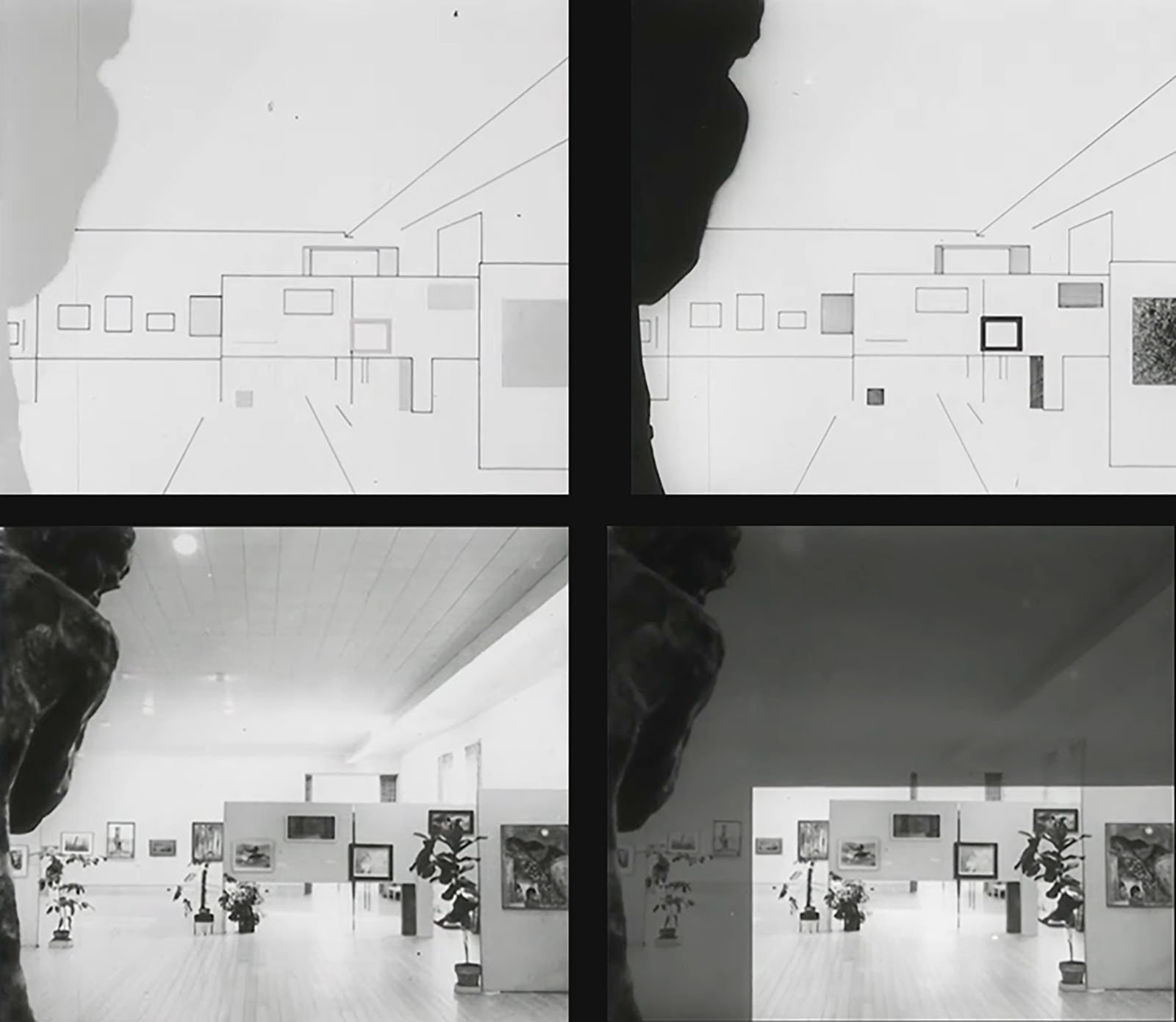Watch a 1949 Video About the Timeless Topic of Photo Composition
A lot has changed in photography in the last 74 years. However, an old-school instructional video from 1949 still offers compositional tips that stand the test of time.
As showcased by PopPhoto, the old educational video is not only still practical for today’s digital photographers, it’s a riveting time-capsule in and of itself.
Amid a slideshow of lovely film photos and a delightfully retro soundtrack, the narrator asks, “What makes these pictures interesting?” He continues, “Good subject matter, yes. But there’s more to it than that. They are interesting because of their composition.”
![]()
It’s easy to take composition for granted, but what is it?
“It’s a result,” the narrator continues. “A result of the arrangement of the elements in a picture. Any picture, whether a drawing, a painting, or a photograph, is made up of four elements.” These four elements are lines, masses, tone or contrast, and framing. Elements can be arranged in any fixed way but should always “balance.”

Elements can be balanced in numerous ways. The video continues, “In general, arrange the picture so that one part of the photograph doesn’t seem crowded while another part seems empty.” Balance can be achieved using contrast and tone, as well as the arrangement of unequal and varied shapes.
“Much of balance in a picture is psychological,” the narrator remarks. This comes into play when photographing a person or an animal. It’s important to give a subject space to look or move. For example, when photographing a bird in flight, compositional balance is better-achieved when the bird was space to fly into within the frame rather than being crowded near an edge.
A compositional video is incomplete without the popular “rule of thirds.” The classic two-to-one ratio of composition has been used for a long time, long before photography. While compositional rules are occasionally worth breaking, photographers are as well-served by the rule of thirds now as they were in 1949.
![]()
Another timeless tip is, “In each picture, you must look for the best way to arrange the subject. Moving the camera around to try different proportions in the viewfinder will help you see new possibilities.”
Framing is an important component of composition. Some photos look best in landscape orientation, while others are better suited to vertical framing. It’s possible to change the framing by moving the camera up and down or side to side, changing the focal length, or moving closer to a subject. Often, what a photographer chooses to omit from the frame is just as important as what they include. A typical compositional mistake photographers make is including too much in the frame and not including only what is necessary to emphasize the subject.
![]()
“Composition is everywhere if you look for it.” The video points out that a famous, albeit unnamed, photographer once said, “There are enough subjects within a half mile to last a lifetime. Look for them.” PetaPixel recently updated its “136 Inspirational Photography Quotes” article for any photographers seeking more motivation.
![]()
While it’s sometimes essential to break all rules of photography, including compositional ones, there is often unlimited creative freedom to be found within the constraints of rules and guidelines. Once the basic principles are mastered, successfully shirking rules becomes easier and more fruitful.
Photographers hoping to improve their composition will be well-served by PetaPixel’s “28 Composition Techniques That Will Improve Your Photos” tutorial. Some are featured in the retro video above, but many are even more advanced.
Image credits: All images are from the video above. The video is part of the public domain.